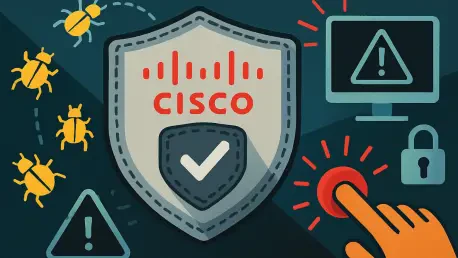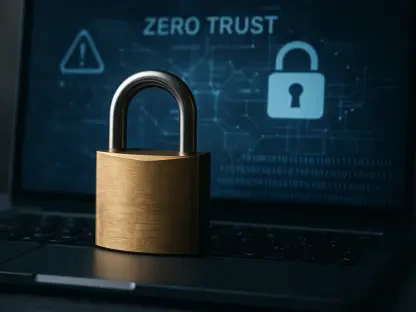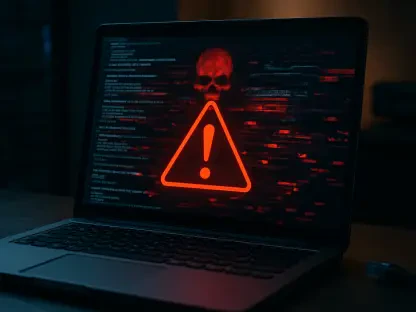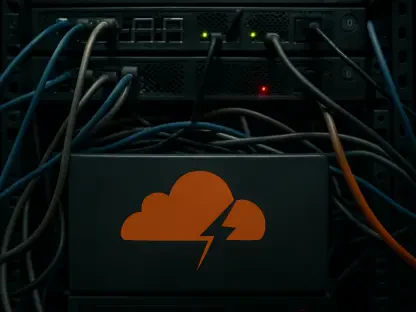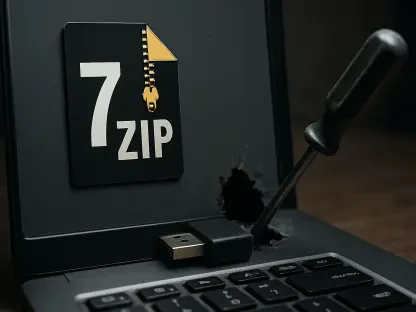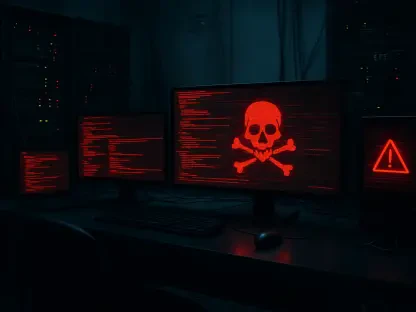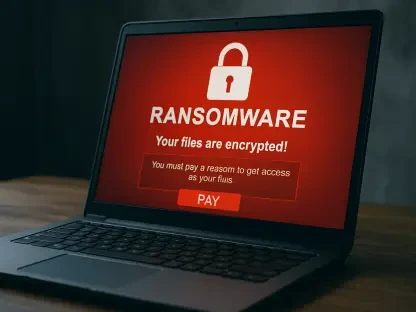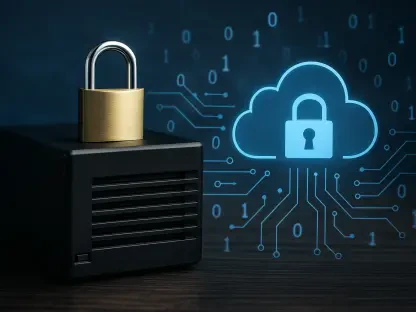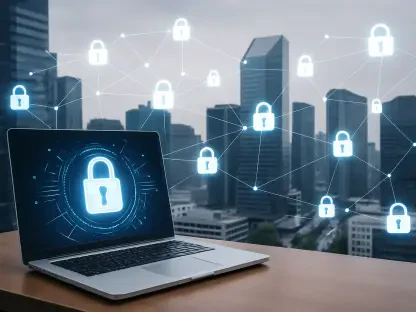Introduction
Imagine a scenario where a critical security system, relied upon by federal agencies and major corporations alike, is suddenly breached by a highly skilled adversary capable of evading detection, putting sensitive data and operations at grave risk. This is the alarming reality facing organizations using Cisco Adaptive Security Appliances (ASA), as two severe vulnerabilities have been actively exploited by sophisticated threat actors. The urgency of this situation has led to a rare directive mandating federal civilian agencies to patch these flaws within a single day, highlighting the gravity of the cybersecurity threat at hand.
The purpose of this FAQ article is to address the pressing questions surrounding this emergency directive and the vulnerabilities in Cisco firewall products. By exploring the reasons behind the tight deadline, the nature of the flaws, and the broader implications, this content aims to provide clear guidance and actionable insights for those affected or concerned about this issue.
Readers can expect to gain a comprehensive understanding of why immediate action is necessary, who is behind these attacks, and what steps must be taken to mitigate risks. This article breaks down complex technical details into accessible explanations, ensuring that both technical and non-technical audiences can grasp the significance of this cybersecurity crisis.
Key Questions or Key Topics
What Are the Cisco Firewall Vulnerabilities Requiring Immediate Patching?
The vulnerabilities at the center of this crisis involve Cisco Adaptive Security Appliances, critical devices used for firewall protection, intrusion prevention, and other security functions. Identified as CVE-2025-30333 and CVE-2025-20362, these flaws have severity scores of 9.9 and 6.5 out of 10, respectively, indicating a high potential for catastrophic damage if exploited. Their importance lies in the widespread use of these devices across federal networks and large enterprises, making them prime targets for malicious actors.
These bugs are particularly dangerous because they can be chained together by attackers to gain persistent access to compromised systems. Even after reboots or software upgrades, the threat remains active, allowing unauthorized control over critical infrastructure. The ease of exploitation has raised alarms among cybersecurity experts, prompting an unprecedented response to safeguard sensitive data and systems.
Evidence of the severity comes from official statements emphasizing the need for rapid action. The directive to patch within a single day underscores that delays could result in significant breaches, potentially compromising national security and organizational integrity. This situation serves as a stark reminder of the evolving nature of cyber threats targeting essential technology.
Why Is the Deadline for Patching Set to Just One Day?
The extraordinarily short deadline of one day to address these vulnerabilities stems from the active exploitation already underway by advanced threat actors. Unlike theoretical risks, these flaws are being weaponized in real-time, leaving no room for hesitation. Federal civilian agencies, in particular, face immense pressure to protect networks that handle sensitive government operations, where any breach could have far-reaching consequences.
This tight timeline reflects the understanding that every hour of delay increases the likelihood of deeper infiltration. Attackers have demonstrated the ability to disable logging and crash devices to cover their tracks, making it difficult to detect or mitigate damage without immediate intervention. The urgency is further compounded by the high severity rating of the primary vulnerability, which could enable devastating attacks if left unaddressed.
International cybersecurity bodies have echoed this call for swift action, with alerts issued to organizations beyond federal agencies. The consensus is that procrastination is not an option when dealing with flaws of this magnitude. The one-day deadline, though challenging, is a calculated measure to limit exposure and prevent widespread fallout from these critical weaknesses.
Who Is Behind the Exploitation of These Cisco Bugs?
The identity of the threat actors exploiting these Cisco vulnerabilities remains undisclosed, but their sophistication points to a highly capable adversary, potentially state-sponsored. Historical patterns link the current campaign to previous attacks known for their advanced techniques, suggesting a well-resourced entity with strategic objectives. This level of expertise indicates a deliberate effort to target high-value systems for espionage or disruption.
These attackers employ complex methods to maintain access and evade detection, such as intentionally crashing systems and tampering with logs. Such tactics require deep knowledge of the targeted technology, further supporting the theory of a professional operation rather than random malicious activity. Their ability to exploit zero-day vulnerabilities—flaws unknown until exploited—adds another layer of concern for defenders.
While specific attribution is unavailable, the broader cybersecurity community recognizes the hallmarks of coordinated, state-aligned efforts in these attacks. This understanding drives the urgency to patch systems promptly, as the intent behind such exploitation often aligns with long-term, systemic harm. Protecting against these adversaries requires not just technical fixes but also heightened vigilance across all sectors.
What Are the Broader Implications for Organizations Beyond Federal Agencies?
Although the emergency directive targets federal civilian agencies, the impact of these Cisco vulnerabilities extends far beyond government networks. Many large businesses and critical infrastructure sectors rely on the same affected devices for their security frameworks, making them equally vulnerable to exploitation. A breach in these environments could disrupt essential services or expose proprietary data to unauthorized access.
The global nature of this threat is evident from alerts issued by cybersecurity authorities in multiple countries, emphasizing the need for all organizations to act swiftly. The interconnectedness of modern systems means that a compromise in one entity could cascade, affecting partners, suppliers, or customers. This ripple effect amplifies the stakes for private sector entities that may not fall under the same strict deadlines as federal bodies.
Mitigating this risk requires a proactive approach, including applying patches, assessing systems for signs of compromise, and upgrading or replacing outdated hardware. Organizations must also consider the long-term strategy of transitioning away from end-of-support devices, which are inherently more susceptible to such attacks. Ignoring these warnings could result in significant operational and reputational damage over time.
Why Are Legacy Systems Particularly Vulnerable in This Scenario?
A significant factor exacerbating this cybersecurity crisis is the reliance on legacy systems, many of which are nearing or have already reached the end of support. Affected models like certain Cisco ASA series no longer receive regular updates or patches, leaving them exposed to newly discovered flaws. This outdated technology poses a persistent challenge for organizations managing large, complex IT environments.
Maintaining security on such systems is inherently difficult, as manufacturers shift focus to newer products, often leaving older devices without critical protections. When vulnerabilities are exploited, as in this case, resetting compromised devices to factory defaults and reconfiguring them with new credentials becomes a necessary but cumbersome task. This process can disrupt operations and require significant resources to execute effectively.
The lesson here is clear: clinging to unsupported hardware increases risk exponentially in the face of modern cyber threats. Organizations, especially those in sensitive sectors, must prioritize modernization to avoid becoming easy targets. Addressing legacy system vulnerabilities is not just a technical necessity but a strategic imperative to ensure resilience against evolving dangers.
Summary or Recap
This FAQ article addresses the critical cybersecurity issue of exploited vulnerabilities in Cisco Adaptive Security Appliances, explaining the reasons behind the urgent one-day patching directive for federal agencies. Key points include the severity of the flaws, rated highly due to their potential for persistent access, and the sophisticated nature of the threat actors exploiting them. The tight deadline reflects active exploitation and the need to prevent catastrophic breaches.
The broader implications highlight that risks are not confined to government entities but extend to private businesses and critical infrastructure globally. Legacy systems, often unsupported, emerge as a significant weak point, necessitating upgrades and proactive security measures. These insights underscore the importance of immediate action and long-term planning to counter such threats.
For those seeking deeper knowledge, exploring resources on cybersecurity best practices and zero-day vulnerability management is recommended. Staying informed about evolving threats and international cybersecurity alerts can further equip organizations to handle similar crises. This summary encapsulates the urgency and complexity of the situation, providing a foundation for understanding and response.
Conclusion or Final Thoughts
Reflecting on this cybersecurity emergency, it becomes evident that swift, decisive action is paramount in safeguarding vital systems from sophisticated adversaries. The rapid response demanded of federal agencies sets a precedent for how critical vulnerabilities need to be handled under intense pressure.
Looking ahead, organizations across all sectors should prioritize establishing robust incident response plans and investing in updated technology to replace outdated systems. A commitment to regular security assessments and collaboration with international cybersecurity bodies could prevent similar crises from escalating in the future.
Ultimately, this situation serves as a wake-up call to reassess readiness against zero-day exploits and state-sponsored threats. Taking proactive steps now, such as patching systems and enhancing monitoring, will be crucial in building a more secure digital landscape for tomorrow.
